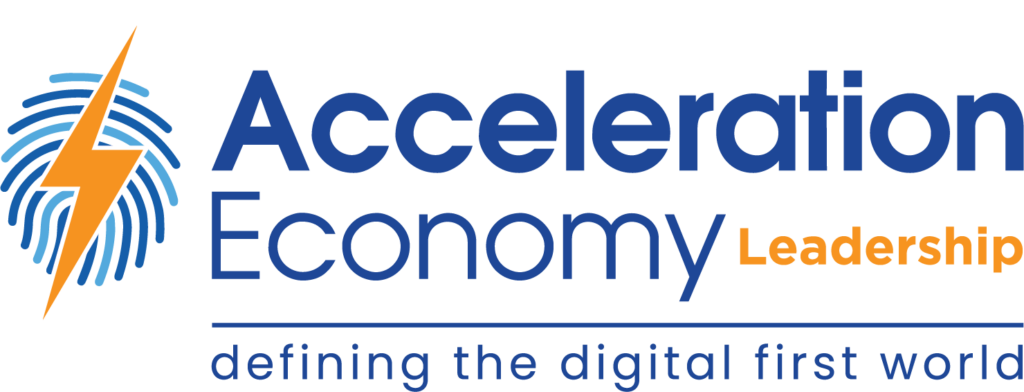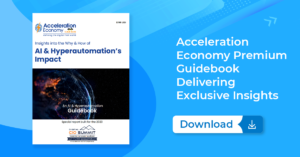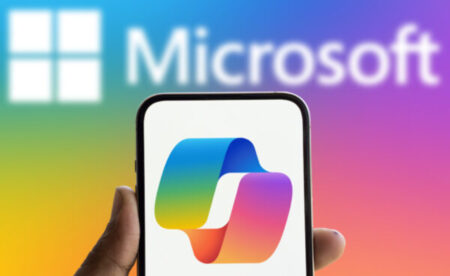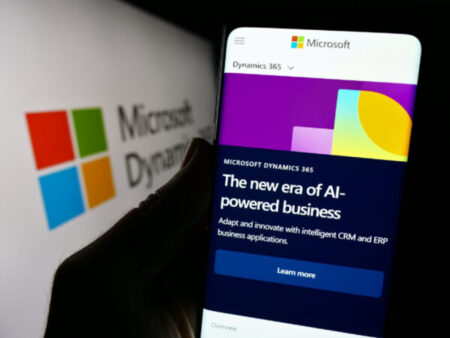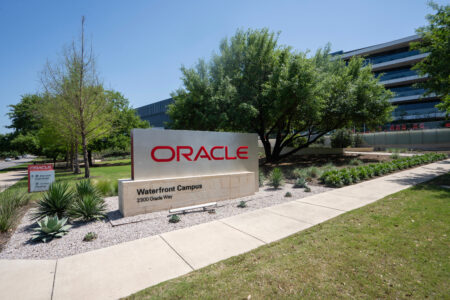It’s not hard to understand why physicians, nurses, and other healthcare professionals need access to all relevant patient data to provide high-quality care — it might make the difference between a right or wrong diagnosis in the emergency room or a safe prescription with no dangerous drug interactions. But universal access to healthcare information, including patient records, is still one of the biggest pain points in the healthcare industry. There are important advances taking place, however.
You may have heard of Fast Healthcare Interoperability Resources (FHIR) for exchanging healthcare information electronically using cloud technology. When implemented, this set of data standards and specifications enables healthcare organizations and systems to share patient health information (PHI) securely, and it helps anonymize patient data where appropriate. Often this data is on-prem in the patient’s electronic health record or a private cloud.
FHIR enables this data to be surfaced to public clouds such as Microsoft Azure, AWS, Google Cloud, Oracle, and SAP, where it can be exchanged in a secure way. There are local, private cloud, and public cloud implementation options for deploying FHIR. Once deployed, FHIR can be used to view, convert, import, and export data.
The conversion capabilities of FHIR are essential because so much of the healthcare data used in hospital systems and clinics is still stored using an earlier standard, Health Level 7, or HL7. There are also clinical devices and automated processes using HL7, and often this HL7 data is required for patient care, analysis, and, increasingly, AI tools and services. FHIR’s conversion capabilities enable this data to be accessed and shared securely.
If you are new to the technology, you might think of FHIR as a global data dictionary for healthcare data, with the ability to convert that data via cloud services (leveraging Representational State Transfer, or REST, APIs) so that it can be accessed and shared, in a secure manner, across relevant organizations.
Global Interoperability and Availability of Critical Health Data
The adoption of FHIR on a global scale is growing. For example, the World Health Organization (WHO) has expressed support for FHIR as a key standard for healthcare data exchange and interoperability. The WHO recognizes the potential of FHIR to improve health outcomes and support the delivery of high-quality, patient-centered care globally.
The Australian Digital Health Agency has adopted FHIR as a foundational standard for healthcare data exchange in that country. Across the globe, FHIR is being used to support a wide range of healthcare use cases, including clinical data exchange, patient portals, and analytics. Meanwhile, France, the United Kingdom, and Canada are exploring FHIR, too.
The United States has been a leader in FHIR adoption. The Office of the National Coordinator for Health Information Technology promotes FHIR as a key component of its interoperability roadmap. Many healthcare organizations in the U.S. are already using FHIR to exchange healthcare data, which is essential for delivering high-quality, coordinated care and enabling research and clinical trials on a global scale.
How U.S. Healthcare Benefits from FHIR
In the U.S., FHIR use cases include sharing of medical information, patient portals, remote patient monitoring, and the development of artificial intelligence (AI) models. Here are several examples of healthcare organizations and sectors that benefit from data sharing using FHIR.
Health insurance companies: Health insurance companies may access patient data to verify claims and ensure that healthcare providers are providing appropriate care. This may include reviewing medical records and other health-related data to evaluate claims and authorize payment.
Pharmaceutical companies: Pharmaceutical companies may access patient data for research and development. This may include analyzing patient data to identify trends, evaluate the effectiveness of treatments, and develop new therapies.
Healthcare technology companies: Both startups and established companies may access patient data to develop and improve their products and services. This may include developing analytics tools, patient engagement platforms, and other healthcare software solutions.
Clinical research organizations: Clinical research organizations may access patient data as part of clinical trials and other research studies. This may include analyzing patient data to evaluate the safety and effectiveness of new drugs and medical devices.
FHIR data standards are designed to support innovation in the healthcare and life sciences industry. By providing a flexible and extensible framework for data exchange, FHIR enables developers to create new applications and tools that can improve healthcare delivery and patient outcomes.
FHIR is increasingly a core SaaS or PaaS healthcare service from the large cloud hyperscalers and industry cloud platforms, including Microsoft, AWS, Google Cloud, Oracle, and IBM. There are also open-source implementations in GitHub, including a project which deploys the FHIR API as a container. There are many additional companies with commercial implementations; I’ve simply highlighted the best-known examples.
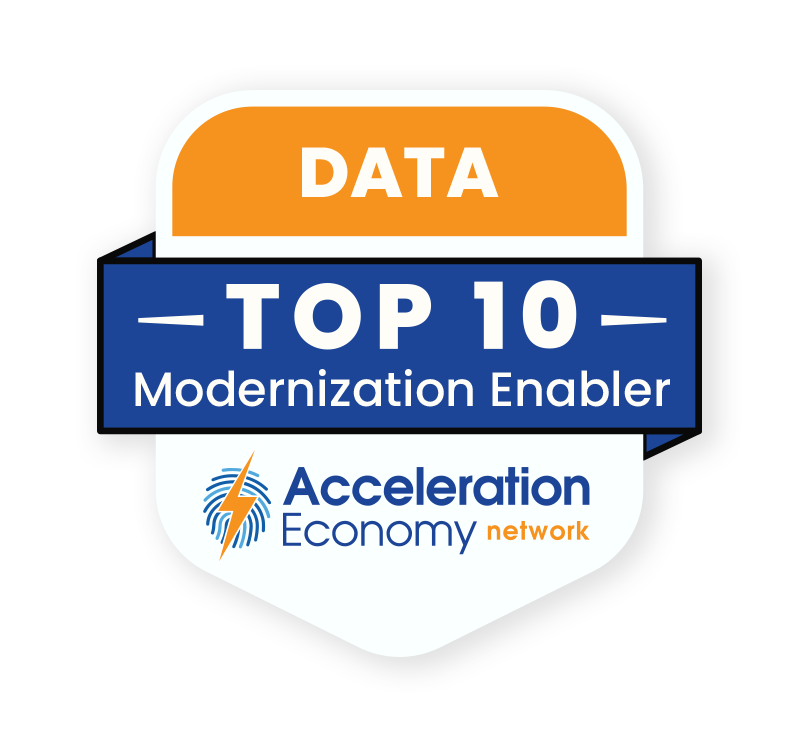
Which companies are the most important vendors in data? Check out the Acceleration Economy Data Modernization Top 10 Shortlist.
FHIR’s Important Role in Enabling AI in Healthcare
In addition to those healthcare organizations that are required by law to implement FHIR, early adopters of the standard in the U.S. include life sciences and pharmaceutical companies.
These organizations can quickly deploy secure and managed cloud-based FHIR services to extract data from multiple patient data stores on an ongoing basis using cloud services. This approach enables researchers to use the data science tools of their choice, rather than having to switch between different tools due to compatibility issues.
Once PHI data is anonymized and surfaced using FHIR, it can take two paths. The first is to extend patient data (say, vaccine data) to external services, such as a patient portal at a hospital system or a pharmacy. What a boon that can be to patients who no longer have to carry around paper cards to confirm which vaccines they’ve already received.
The second path is to ingest the data and have it persist in a data lake, data warehouse, or other data store; this could even take the form of creating hybrid data estates that can be used for data science and analysis. Microsoft, Snowflake, AWS, Google Cloud, Oracle, and many others have data lakes and/or data science tools that are specific to FHIR. For example, Microsoft has a template to map the FHIR entities to its Microsoft Dataverse cloud-based storage space. This is essentially what Microsoft Cloud for Healthcare is.
Because it provides a standardized, flexible, and secure way to exchange healthcare data, FHIR is essential for architecting AI solutions and creating data models in healthcare. Anything that provides easier access to consistently formatted data will significantly reduce the effort required to use the data for AI models and training. This can reduce errors and improve the accuracy of AI models, which can mean life or death in a healthcare context. Also, if organizations use the same data standard, they will find that sharing training data and models is much easier.
Final Thoughts
FHIR is a flexible and extensible standard, which means that it can be adapted to meet the needs of different healthcare use cases. FHIR data standards are foundational to the healthcare and health life sciences industry because they support interoperability, patient-centered care, efficient data exchange, AI innovations, and regulatory compliance.
By adopting FHIR, healthcare organizations can operate more efficiently, improve the quality of patient outcomes, and drive innovation. As more countries adopt FHIR, the consistent, standards-based healthcare datasets will grow, and this, in turn, will foster global collaboration on health.
This global standard will empower data scientists to generate more inclusive and accurate AI models to increase the quality of care. The datasets will contain more data from more people, which is the training fuel that makes for better and more accurate AI models. And where healthcare is concerned, accuracy is critical.
Want more tech insights for the top execs? Visit the Leadership channel:



